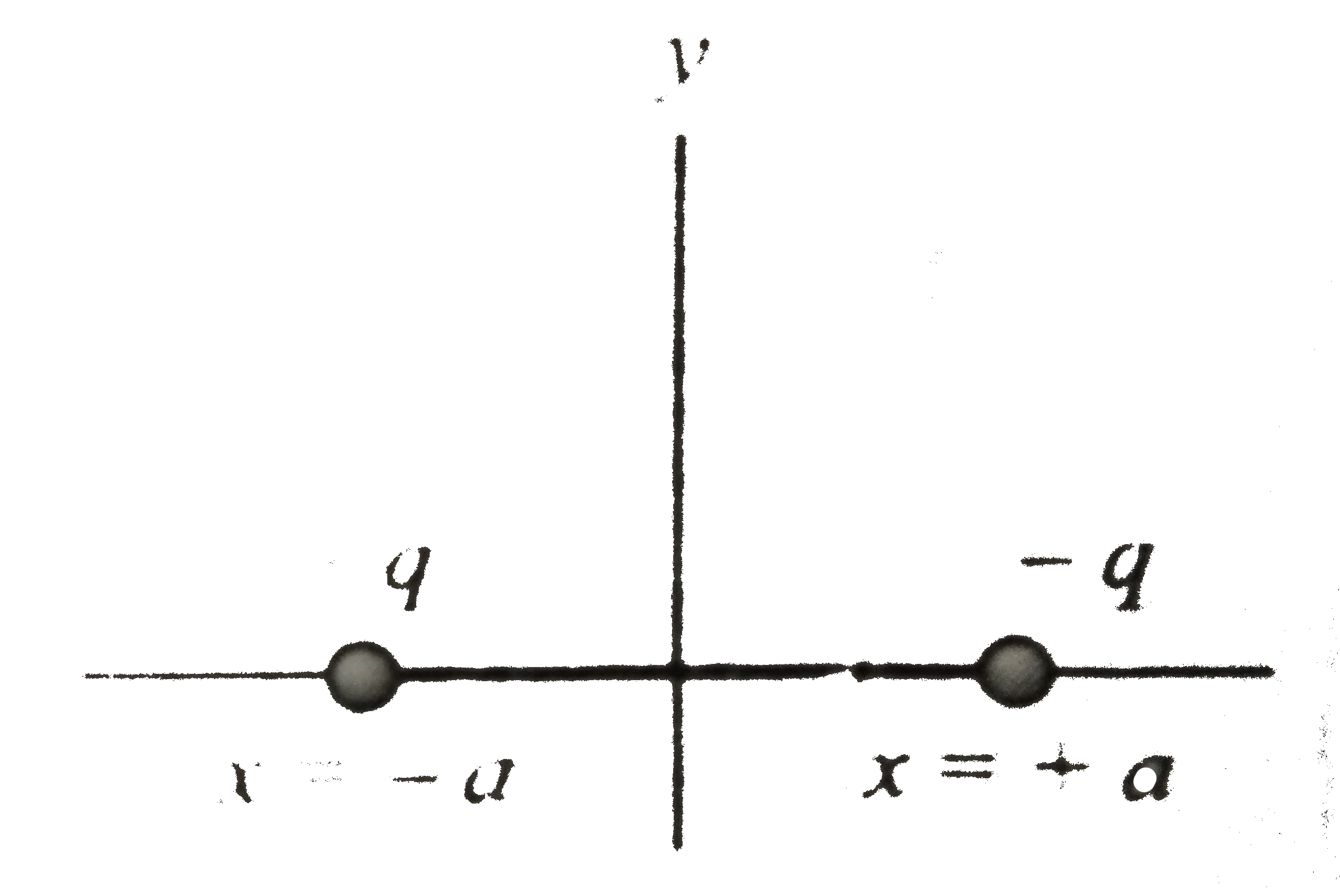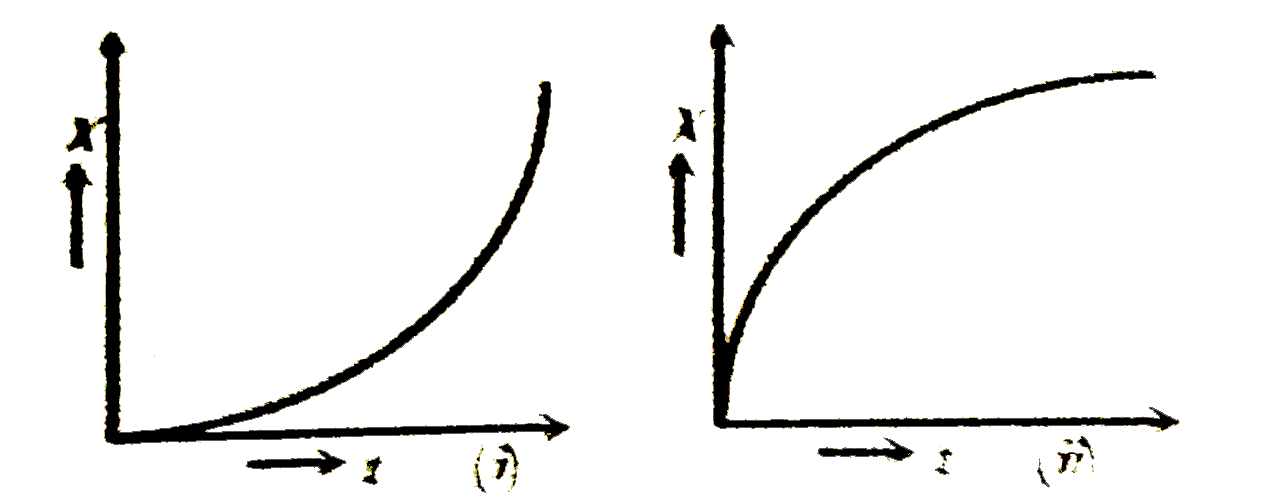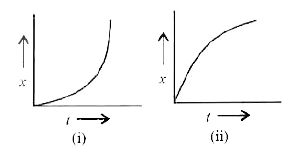Consider two identical charges placed a distance 2d apart on the x-axis.The equilibrium of a positive test charge placed at the point O midway between them may be
(i) neutral
(ii) stable for displacement along the x-axis
(iii) stable for displacement along the y-axis
(iv) unstable for displacement along the x-axis
neutral
stable for displacements along the x-axis
stable for displacements along the y-axis
unstable for displacement along the y-axis
The correct Answer is:B, D
Step by step video, text & image solution for Consider two identical charges placed a distance 2 d apart on the x-axis.The equilibrium of a positive test charge placed at the point O midway between them may be (i) neutral (ii) stable for displacement along the x-axis (iii) stable for displacement along the y-axis (iv) unstable for displacement along the x-axis by Physics experts to help you in doubts & scoring excellent marks in Class 12 exams.
Topper's Solved these Questions
- BOOK - FIITJEECHAPTER - ELECTROSTANTICSEXERCISE - COMPREHENSION BASED (COMPREHENSION - II)3videos
ELECTROSTANTICS
- BOOK - FIITJEECHAPTER - ELECTROSTANTICSEXERCISE - (PROBLEM SOLUTION) COMPREHENSION - I (COMPREHENSION BASED TYPE)3videos
ELECTROSTANTICS
- BOOK - FIITJEECHAPTER - ELECTROSTANTICSEXERCISE - ASSIGNMENT PROBLEMS (OBJECTIVE) LEVEL - I24videos
ELECTROSTANTICS
- BOOK - FIITJEECHAPTER - ELECTROMAGNETIC WAVE & WAVE OPTICSEXERCISE - ASSIGNMENT PROBLEMS Objective : Level-II (MULTI CHOICE SINGLE CORRECT)21videos
ELECTROMAGNETIC WAVE & WAVE OPTICS
- BOOK - FIITJEECHAPTER - ELECTROSTATICSEXERCISE - Example14videos
ELECTROSTATICS
Similar Questions
Two equal positive point charges 'Q' are fixed at points B (a, 0) and A(-a, 0). Another test charge q0 is also placed at O (0, 0). Show that the equilibrium at 'O' is
(i) Stable for displacement along X-axis
(ii) Unstable for displacement along Y-axis.View SolutionTwo point charge ±q are placed on the axis at x=−a and x=±a, as shown in fig.
(i) Plot the variation of E along the x-axis.
(ii) Plot the variation of E along the y-axis.
 View Solution
View Solution
Knowledge Check
- Question 1 - Select One
The graph between the object distance along the X-axis and image distance along Y-axis for a convex lens is
Aa straight lineBa parabolaCa circleDa rectangular hyperbola - Question 2 - Select One
Figures (i) and (ii) below show the displacement-time graphs of two particles moving along the x -axis. We can say that
 ABoth the particles are having a uniformly accelerated motionBBoth the particles are having a uniformly retarded motionCParticle (i) is having a uniformly accelerated motion while particle (ii) is having a uniformly retarded motionDParticle (i) is having a uniformly retarded motion while particle (ii) is having a uniformly accelerated motion
ABoth the particles are having a uniformly accelerated motionBBoth the particles are having a uniformly retarded motionCParticle (i) is having a uniformly accelerated motion while particle (ii) is having a uniformly retarded motionDParticle (i) is having a uniformly retarded motion while particle (ii) is having a uniformly accelerated motion - Question 3 - Select One
Two equal charges q are kept fixed at −aand+a along the x-axis. A particle of mass m and charge q2 is brought to the origin and given a small displacement along the x-axis, then
Athe particle executes oscillatory motionBthe particle remains stationaryCthe particle executes SHM along x-axisDthe particle executes SHM along y-axis
Two equal charges q are kept fixed at a and +a along the x-axis. A particle of mass m and charge q2 is brought to the origin and given a small displacement along the x-axis then
View SolutionTwo equal point charges are fixed at x=−a and x=+a on the x-axis. Another point charge Q is placed at the origin. The change in the electrical potential energy of Q, when it is displaced by a small distance x along the x-axis, is approximately proportional to
View SolutionTwo charges, each equal to q, are kept at x=−a and x=a on the x-axis. A particle of mass m and charge q0=q2 is placed at the origin. If charge q0 is given a small displacement (y<<a) along the y-axis, the net force acting on the particle is proportional to
View SolutionFigure (i) and (i) show the displacement-time graphs of two particles moving along the x-axis. We can say that
 View Solution
View SolutionThe displacement of a body along the x-axis depends on time as √x=t+2, then the velocity of body
View Solution

